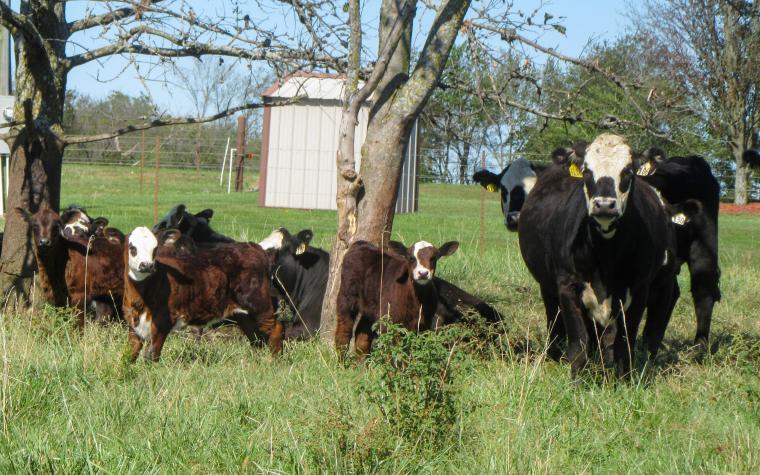STOCKTON, Mo. – “Postweaning calf performance is important to cow-calf operators and future calf owners,” says Patrick Davis, University of Missouri Extension livestock field specialist. Optimum performance is achieved by reducing weaning stress.
Davis discusses fenceline weaning as a management strategy to reduce weaning stress, which ultimately reduces sickness and improves calf performance postweaning.
“Fenceline weaning improves postweaning weight gain,” says Davis. Research at the University of California concluded that fenceline contact between cows and calves for seven days following weaning reduced stress compared to calves that were totally separated. Furthermore, this research showed calves with seven days of fenceline contact gained 95% more weight in the first two weeks after weaning than calves that were totally separated from their mothers. This weight gain advantage was maintained through 10 weeks postweaning. For producers selling calves shortly after weaning, this leads to more saleable pounds, which improves profit potential.
“Fenceline weaning improves postweaning calf health,” says Davis. Research at Ohio State University reported fenceline contact between cows and calves for seven days following weaning reduced sickness in the four-week feedlot arrival period compared to calves weaned prior to trucking and weaned in a drylot totally separated from cows for 30 days. In this feedlot arrival period, 15% of the fenceline-weaned calves required treatment for respiratory disease. Respiratory disease incidence doubled in the truck-weaned calves and was 2.5 times higher in the drylot-weaned calves during the same time.
This research shows fenceline weaning improves health of calves postweaning, resulting in less treatment and sickness loss, which improves operation profit potential, Davis says. Furthermore, feedlot owners may be interested in buying less sickness-risky calves, which may lead to incentives due to utilizing this practice.
“Facility modifications may be needed for successful fenceline weaning,” he says. There should be strong barbed or woven wire fence between cows and calves. An electric wire fence or electrified wire outrigger approximately 12-15 inches on the calf side of the fence may be needed to keep the calves away. If using an electric fence, have at least 2,500 volts of charge so calves don’t get through.
“Adapt cows and calves to the weaning pasture prior to weaning,” says Davis. Once acclimation has taken place, move cows to the next pasture in the rotation. Since the calves are acclimated to the weaning pasture, this should reduce stress. Also, have plenty of high-quality grass and clean, fresh water to wean the calves on so that nutritional needs are met.
“The fenceline weaning process should take 7-14 days,” says Davis. Once cows and calves are not socializing with each other across the fence, then calves can be moved to a more permanent pasture if needed.
For more information on fenceline weaning or other management strategies to reduce stress at weaning, contact your local MU Extension livestock field specialist.
